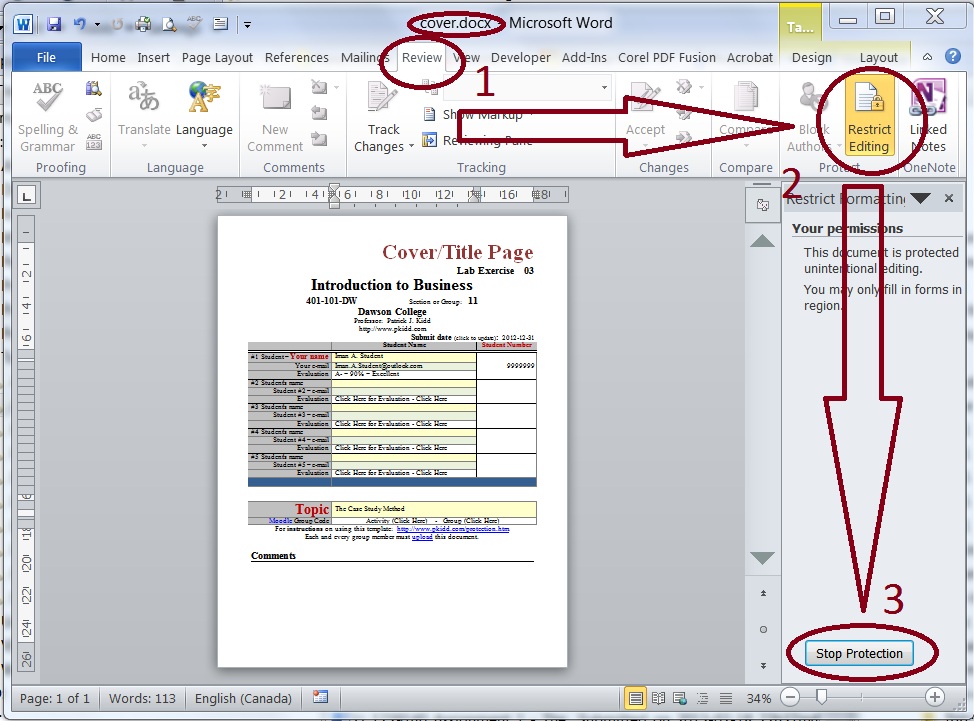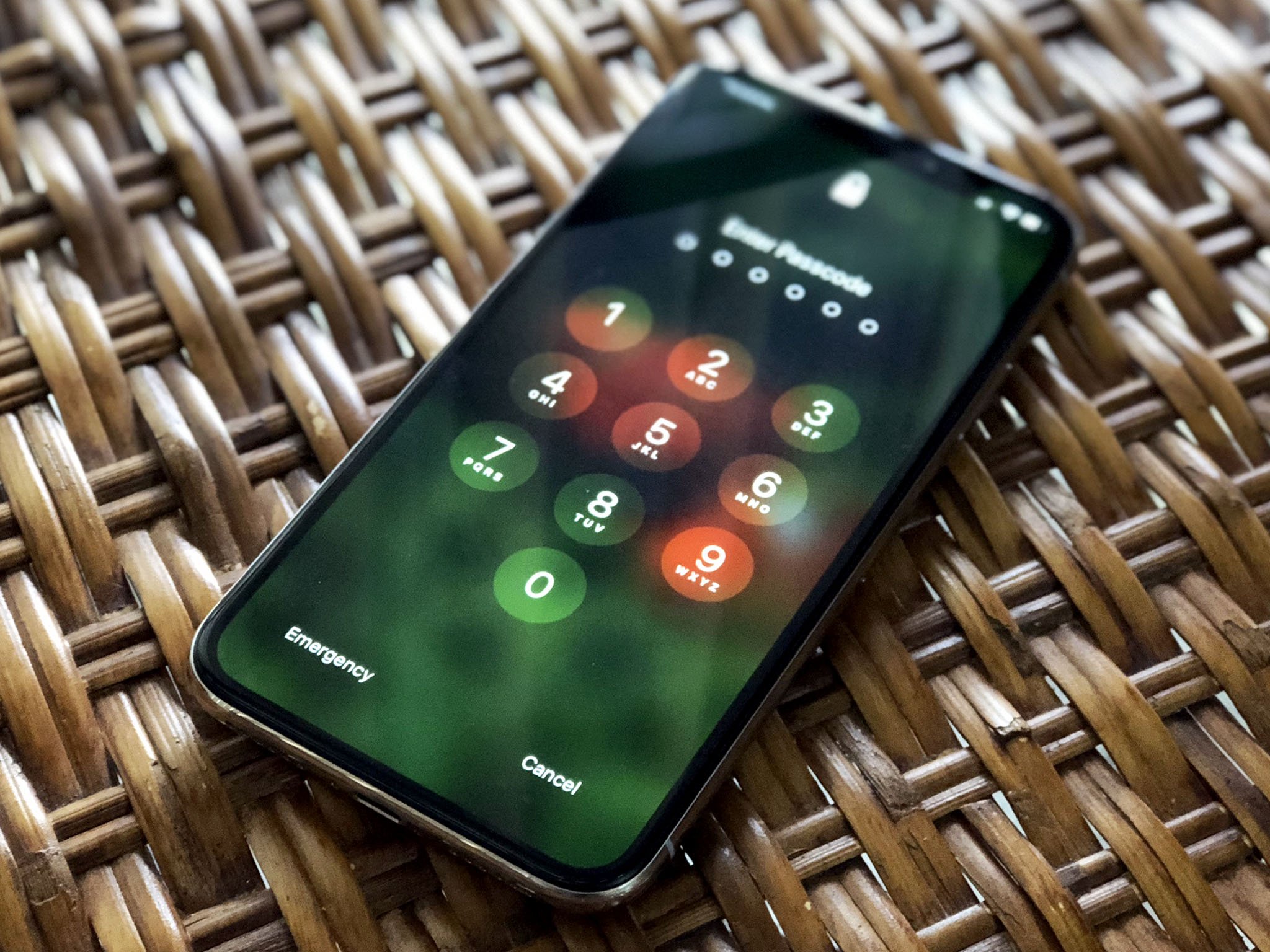Password Protect Files For Mac
- Password-protect a Pages document on Mac. Choose File Set Password (from the File menu at the top of your screen), enter the requested information, then click Set Password. If your computer isn’t set up for Touch ID, “Remember this password in my keychain” appears.
- Hide and password-protect files & folders on Mac. #Mac #OS X / By TechieDip / / 5 min read. It is quite a usual practice to store confidential data on personal computers. And when it comes to data protection, Mac OS X offers an in-house option called FileVault that fully encrypts the startup disk to prevent unauthorized access to your data.
Caution: When you create a password for a document, write down the password and keep it in a secure place.If you lose the password, you can't open or gain access to the password-protected document.Passwords in Excel for Mac and Word for Mac have a 15-character limit.
Would you like to prevent unauthorized people from accessing sensitive data that you store on data servers and shared computers, or send via email? Then it’s best to use password-protected archive files, like those in ZIP format.
You can password protect ZIP files on both Windows 10 and macOS. However, the range of functions provided by your system’s password-protection tools are limited. For this reason, we recommend using external software.
Password Protect ZIP Files with Windows System Tools
Microsoft Windows 10 provides a feature for password protecting files and folders which is integrated in the operating system. Windows password protection can also protect ZIP files from unauthorized access, without having to use third-party software. To activate password protection for your files, follow these steps:
Windows password protection is only available in the editions Microsoft Windows 10 Pro, Education, and Enterprise, not in Windows 10 Home.
Step 1: Using the right mouse button, click on the ZIP file that you would like to password protect.
Step 2: In the shortcut menu, select the “Properties” option to open the file properties.
Step 3: In the “General” tab, click on “Advanced” in order to open the “Advanced Attribute” dialog window.
Step 4: In the “Advanced Attributes” dialog window, select the check box next to “Encrypt contents to secure data”.
Step 5: Close the “Advanced Attributes” dialog window by clicking on “OK” and save the change in file properties by clicking on “OK” or “Apply”.
The file icon now displays a padlock. This indicates that the corresponding file is password protected. But what does this actually mean?
After you have activated password protection, you’ll note that you can still open the file without a password prompt. File content can also be displayed and processed without changes. Nevertheless, the file is password protected – with a key generated by Windows that is stored in your user account.
You have access to the file as long as you are logged into your user account. By contrast, other users will be denied access. This can be very practical in many situations. However, only in a few application cases does it serve as a password-protected ZIP file. For instance, this feature is not intended for sending password-protected ZIP files. For this, we recommend using a compression program with an encryption feature.
Encrypting File Folders with macOS Standard Tools
Though it’s true the Apple operating system macOS does not offer any native features for password protecting ZIP files, you can however protect the directories – in which ZIP files are located – as image files. To do so, follow these steps:
Step 1: Create a new folder in Finder – macOS’ standard file manager.
Step 2: Relocate all ZIP files that you’d like to protect into the folder you just created.
Step 3: Open the macOS hard drive service program. You can do this via Spotlight search.
Step 4: Click on “File” in the menu bar above and choose “Image from Folder” under “New Image”.
Step 5: Choose the folder you created at the beginning that has the files you wish to protect and click on “Open”.

Step 6: Give the image a name and choose a save location.
Step 7: Choose the type of encryption:
- 128-Bit-AES encryption (recommended)
- 256-Bit-AES encryption (more secure, but slower)
Step 8: Enter a password of your choosing and confirm entry by clicking on “Choose”.
Step 9: Make sure that the image format is set to “Compressed” and complete the process by clicking on “Save”.
The encrypted image is created in .dmg format in the save location you specified.
Select the image by double-clicking on it and entering your password to access the password-protected file.
An open .dmg file is displayed as an integrated drive in Finder.
Eject the image via Finder if you are no longer using the protected files. Otherwise, they will remain accessible without a password prompt.
To make sure that your data is protected from unauthorized access, you should delete the unencrypted original data.
Password Protecting ZIP Files with Third-Party Software
Since the options for each operating system are limited, we recommend using a third-party program. For example, we have chosen 7-Zip, a free packer application with a high compression rate and reliable encryption. It creates archive files in the 7z, TAR, WIM, and ZIP formats. The program’s encryption feature is available for 7z and ZIP files.
Follow these steps to create a password-protected archive file for any file folder of your choosing:
Step 1: Download the open-source 7-Zip compression program from the provider’s website and install the software on your system.
7-Zip is automatically integrated into the Windows Explorer shortcut menu.

Step 2: Using the right mouse button, click on the file folder that you would like to encrypt.
Step 3: Choose “7-Zip” in the shortcut menu and click on “Add to archives…” in the pop-up menu.
Step 4: In the packer program’s configuration mask, you’ll find the required settings for the save location, archive format, compression strength, compression method, and encryption.
Enter a password, then enter it again.
In archive format, 7z is available with AES-256-bit encryption. This can also be used for password protecting ZIP files. What’s more, the latter can be encrypted with the ZipCrypto algorithm.
Opening an archive file that has been password protected with 7-Zip requires you to enter a password.
Windows users often utilize the WinZip packer program for password protecting ZIP files. The programs WinRAR, Peazip, Bandizip, and Ashampoo Zip Free also offer encryption features. We provide you with a detailed comparison of the range of features in our article on the most popular WinZip alternatives.

Password Protect Excel File Mac
Like everyone out there I'm sure you have important videos on your PC or Mac that you don't wish anyone else to see. In that case, it's completely logical to put a password on your sensitive videos just in case someone else gets on your computer. You don't know how to do that? Well, you can use inbuilt software for one, and there are some pretty good apps out there that do just that, like the 'Remo MORE' program. Remo is a very simple and streamlined tool, which can help you add password protection to your crucial videos and protect them from prying eyes.
Why do I need to password protect my videos?
Windows 10 Password Protect Zip File
Protecting any kind of sensitive file can be critical in this day and age when so much of our lives are consumed by the internet and social media. People take photos and videos of basically everything these days and because the videos saved on our computer are not secured in any way they are vulnerable to hackers. Adding a password to your videos can save you a lot of headaches in the future and it's not really that hard or time-consuming to do.
How do I password protect my video files?
There are two basic ways through which you can add a password to your video files. The first is using features that are already part of your OS. The second option is using third-party apps to do it.
Using inbuilt software
Your first option is WinZip. WinZip is an archiver and compressor program that comes with your Windows, macOS, iOS, and Android. It was developed by WinZip Computing. If you wish to use WinZip to password protect your files just follow the steps below:
- First, right click on the folder where your video files are located and select 'Compressed (zipped) folder' to archive the folder into a zip file.
- Then open the Zip file and press 'File' > 'Add a Password'.
- Enter a password of your choice and make sure you remember it.
- That's pretty much it. Nobody else can open the zip files and view your videos without the proper password. However, it should be noted that zip files can sometimes become corrupted by the compression, especially high-level compression. To avoid this you can choose the minimal allowed compression level or use a third party software.
How To Make A File Password Protected
Third-party software
You can use third-party apps like 'Remo MORE' to get the easiest solution to the compression problem and assign passwords to your video files. This program offers high-level security and password protection and is overall more efficient compared to some other utilities. The tool will ensure that your sensitive video files are protected from data breaching, data leakage or data theft. The 'Remo MORE' app allows you to password protect video files with just a few simple steps. The app runs on Windows XP, Vista, 7 and 8 and Mac Leopard, Snow Leopard, and Lion. If you're not sure about it you can try the free trial download and decide for yourself if it suits your needs.
Here's how to use Remo to password protect your video files:
Password Protect Files For Mac Os
- Before you do anything else you have to download Remo MORE on your Windows or Mac computer and install it.
- Once installed launch the tool and select the 'Manage' option from the main menu and then choose the 'File Manager' option from the next window that appears.
- Next, press 'File Protector' to protect video file with your selected password.
- On the next screen, you will see two options. The first one is 'Private Locker' and the second one is 'File/Folder Locker'.
- You need to click on the 'File/Folder Locker' option to password protect your videos.
- Next, the Remo MORE program will ask you to enter a master password to lock video files.
- On the final next screen select the video file(s) that you wish to lock and press the 'Lock' button.
If all goes well you will receive a message saying the operation was a success.
